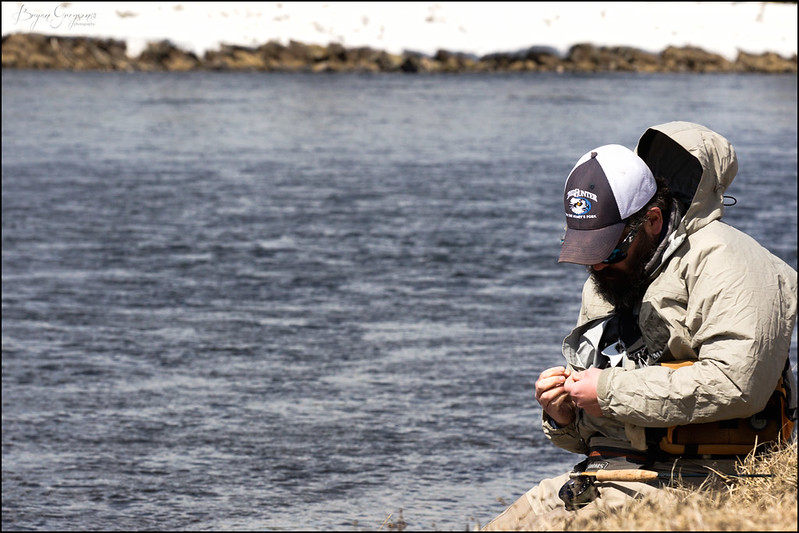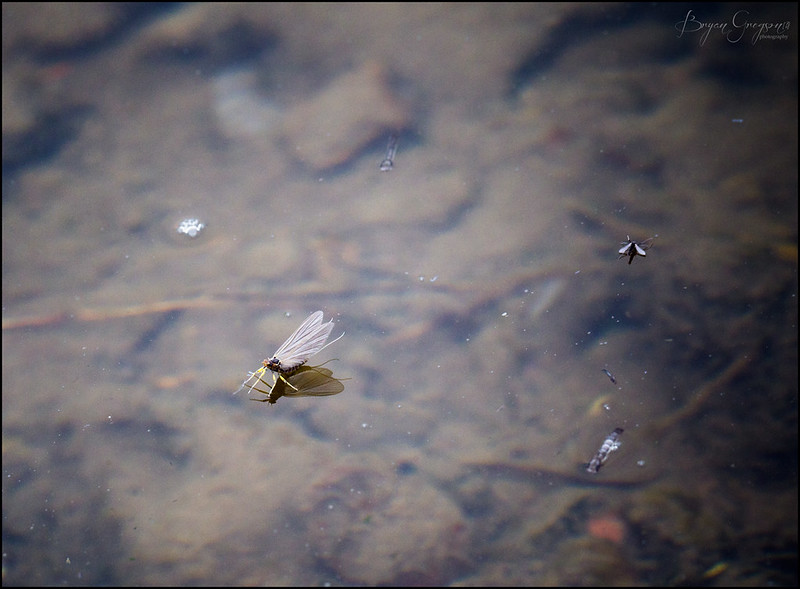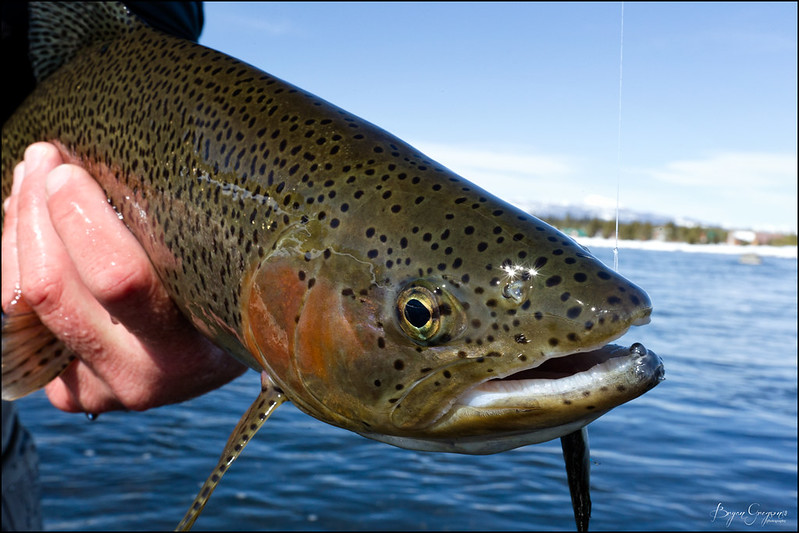In a land where seasons respect no fixed date, spring in Henry’s Fork
country is a process of separation between the longest and shortest
seasons of the year. For an angler, winter can be a six month ordeal
that arrives abruptly with heavy snow and frigid temperatures that care
nothing for human comfort. A late October beginning is no more unusual
than a fierce June blizzard that leaves 18 inches of snow in its wake.
And here, residents know better than to expect 90 consecutive days
without frost at night or a dusting of snow. Bugling elk in late August
announce the end of a summer that, as a rule, only begins in early
July.

While true relief from winter may lie more than a month away, the transition into spring typically begins in mid-March with a changing of mind state when temperatures cease to drop into single digits on a nightly basis and snow levels that may exceed 5 feet begin to inch downward. Mud becomes the order of the day and will remain so until the last drift of snow has disappeared sometime around Memorial Day. It is then that optimism returns in the outlook of folks who become excited by simple things like the return of certain creatures that have the sense to temporarily abandon a climate that can rival Alaska in its harshness. The advancement of spring is measured incrementally by the staggered return of wild bird and animal life whose varying habit requirements become gradually available with receding snow lines and warming temperatures. The Osprey is generally the last to arrive and is joined by other trout hunters of the human variety. And together they pronounce that another fishing season has officially begun. But prior to this event there is a minimum of 60 days when fishing is not complicated by competition from visiting anglers and the hearty souls who weather year round residency are rewarded for their ability to withstand the discomfort of a Henry’s Fork winter.

Remarkably, even a few degrees of temperature can influence trout feeding behavior to the positive side if the trend is upward. Insect and trout activity seem to stir simultaneously as the water begins to warm, and an angler’s productivity improves proportionately to this occurrence. No longer depressed by extremely cold water, trout move aggressively to an improved availability of food whether feeding above or beneath the surface.

Midges and Baetis continue to be the main surface fare well into April or until night time temperatures cease to fall below freezing in general. From that point on caddis and March Brown mayflies will be added to the mix and these hatches will dominate well into May when high flows from spring runoff present a different picture on the river. Depending upon the location and volume of flow anglers will be compelled to adjust to deeper or nonexistent wading opportunity. But these difficulties are generally mitigated on much of the river when giant stonefly nymphs begin to concentrate along the edges in advance of the Salmon Fly emergence. For several weeks big trout will consume these 2 to 3 inch long insects in near abandonment of smaller food forms. And fortunately, it is not necessary to venture into possible danger because nearly every trout in the river will be found within 20 or 30 feet of the bank. While catching a flight of adult Salmon Flies can be a hit or miss proposition, a big, black nymph can be a reliable choice both before and beyond the actual emergence period which typically lasts only about a week.

Although Blue Bird days of sun and warmth are not completely absent from March through May their appearance is often fool’s gold. Wind and wet conditions comprise the dominant weather pattern in most years and the temperature will seldom average above 50 degrees F. In a comparative sense, however, spring on the Henry’s Fork is a gift of deliverance from the short, gray days of winter that can suppress the spirit for months and can sometimes seem endless for those who crave free access to the bounties of the Henry’s Fork. And though imperfect in comparison to the prime months of June through September, it is a good time to be alive in this part of the world when those things we cherish most lie directly ahead.

1 Comment
Joe. Mizumachi
I have the experience which it visited to 3 times,I wish the 4th time .